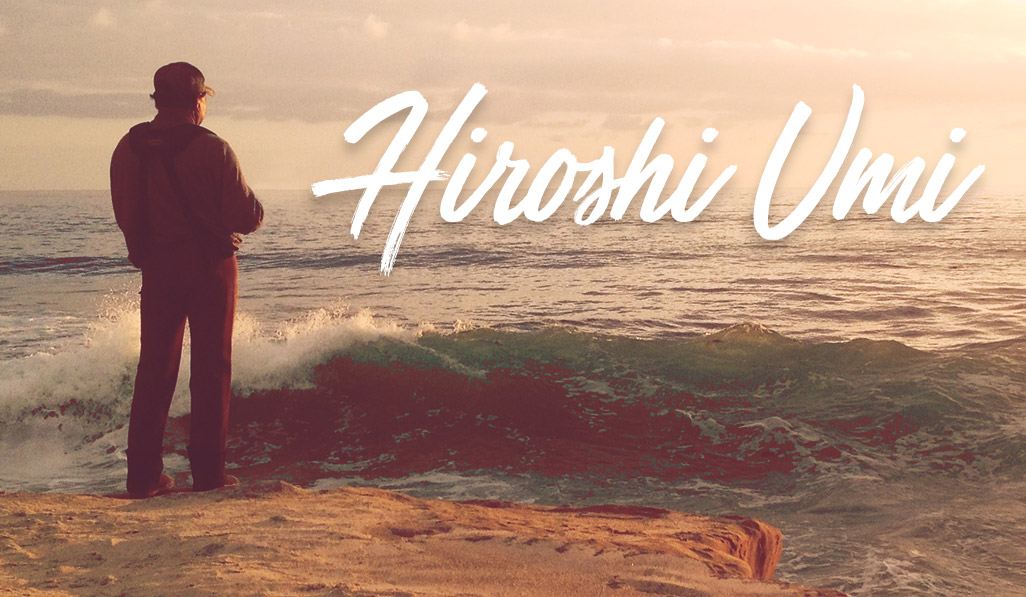Fuentes and Japan: a love story
Summary:

A logbook by Sensei Hiroshi Umi.
For an oriental tuna-lover and gourmet like myself, along with so many other Japanese, raised among izayakas (inns), vinegared rice and sushi of every kind, discovering Spain is a blinding vision, a burning bramble that still clouds my mind. What a diverse country of contrasts. What cuisine and local produce. What varied people, at times disconcerting but always jocular and genteel.
Some liturgies still startle me. They shock and delight this narrow-eyed culinary critic, who longer ago than I now recall settled down with a dark-eyed woman from Cadiz. I found myself caught up in her flying skirts as she toured Osaka with her flamenco troupe. Thanks to a trip organised by the consulate, she visited my family’s centuries-old sake company, where I was beginning to take our first steps into international trade. A couple of glances were exchanged alongside explanations of rice fermentation, and the next day I returned the visit, perched on a tiny front row seat to watch Carmen and clumsily clap along to the flamenco rhythm..
Love led us shortly afterwards to make our home in rural inland Murcia in the 1980s: she would teach Andalusian dance a couple of times a week in the city, while I would wire my culinary features to magazines in the sector in my country, and bring in my family sake and other traditional produce. While also trying to clap in time to Carmen’s stamping heels. I still find it hard.
Discovering Cádiz
It was not long before I visited my in-laws in Cadiz. Protocol had to be followed, of course, but all I really wanted was to dive into the waters of the Strait of Gibraltar. With a curiosity lying somewhere between the culinary and the scientific, I wanted to see for myself what I had read of in my days as a Spanish student in Osaka: that between Africa and Europe there flows a geographical bottleneck, a magical funnel that sucks in the tuna from the North Atlantic.
As if they were grains of sand in a vast hourglass between two continents that never quite touch, I was amazed to see schools of Scombridae joining in closely serried ranks, converging from the ocean, rocketing through the Straits to splash into the Mediterranean. The sea where, in an orgiastic jacuzzi, they celebrate their spawning as the great happening of the year, between late spring and early summer. But first they must complete the Gibraltar bull run, so to speak, where the almadraba nets lie in wait (of which we will tell the full story in another logbook entry). And so I headed down to Barbate.
Wherever bluefin tuna is the religion, you will find a Japanese eager to sample, trade, to chat in respectful monosyllables, to make friends and engage with foreign peoples. And there I found them. One of them, the head of the Japanese fleet in the Strait, decided to set off in his car from Barbate, following the trailers carrying the surplus tuna from the almadrabas of Cadiz that the freezer ships from his homeland had been unable to make room for (up to 2,000 tuna a day).
The origins of FUENTES, the brand of El Atún Rojo.
In the 1980s there were no quotas yet; it was a free-for-all. Wearing his detective hat, my countrymen discovered that those seven trucks ended up in La Palma, a little village in the shadow of Cartagena, with no beach or coastline. They offloaded in an old factory, where more than three tonnes of loin and belly were immediately cut up every day. They were salted and plunged into a vat in a briny mix of blood and salt. Any commercial return required the patience of a saint. They would not be ready for a year, as demanded by a millennium of salting tradition. And at 1,000 pesetas a kilo, the margins were wafer thin. But it so happened that Mr Ando, of the company Tayyo, now the imperial Maruha, heard tell of this peculiar caravan, and asked:
-Excuse me, but could I buy your toro (in other words the tuna belly)? They must be select cuts…
-That depends on your offer. Name your price- they answered.
-Well, fresh belly for 3,000 pesetas a kilo, newly cut.
–You’ve got yourself a deal.
Mr Ando wrapped the loins and bellies up in rice paper. And as there were no vacuum-wrapping machines, he arranged the produce in wooden boxes lined with cork and layers of ice. It arrived perfectly fresh in Tokyo, having stopped off in Moscow, on huge jumbo jets. The buyer paid for the box and the airfreight. Ricardo Fuentes S.A. had been born, and over time would become the biggest tuna company on the planet. 36 years and many satisfied Japanese customers later, the Fuentes hallmark is now a reality. One further step along the road of excellence, a logical evolution. Only bluefin tuna, and nothing more. The Bluefin Tuna.
And your humble sensei will be right here to tell you this and many other stories…
Hiroshi Umi
